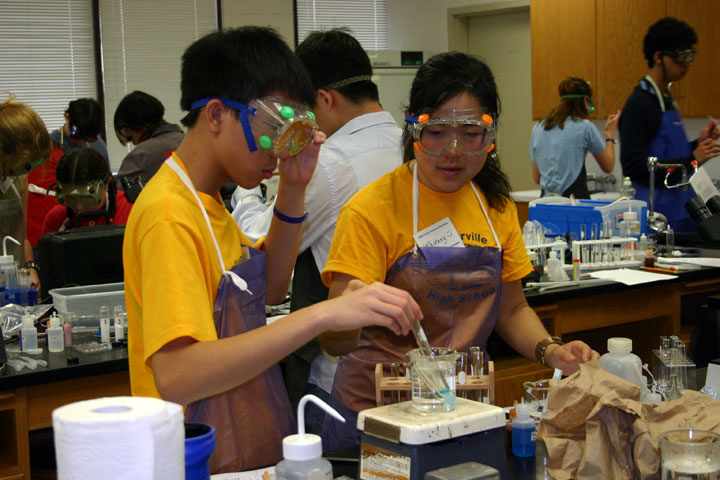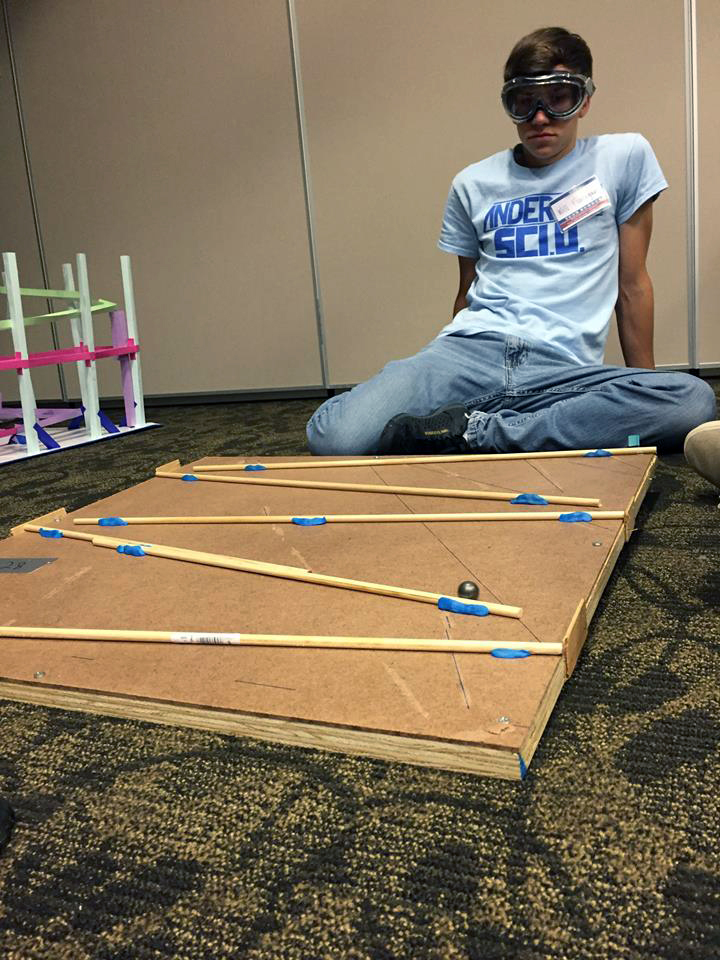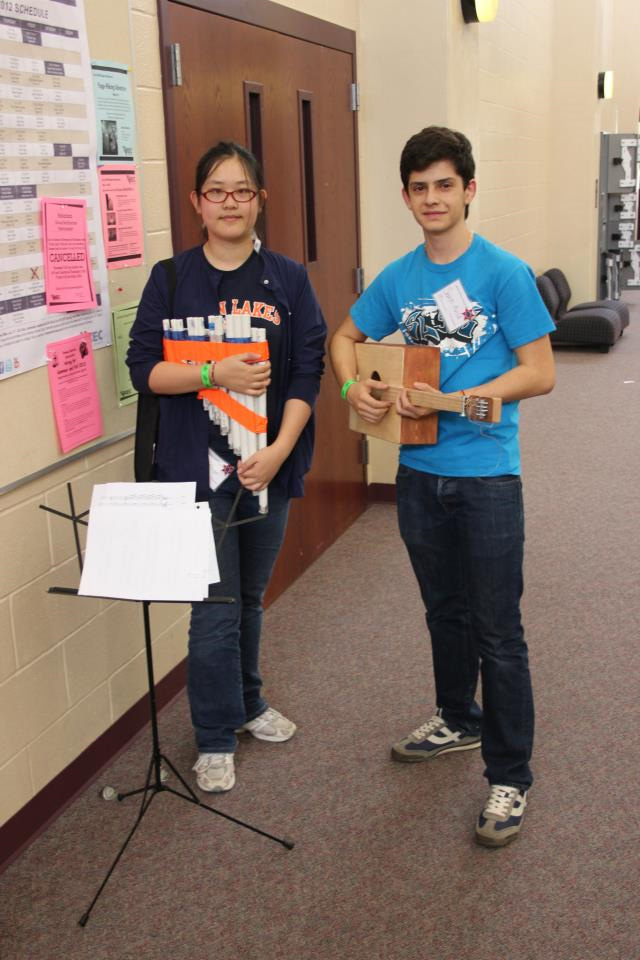
Nearly 1,000 Texas middle and high school students will put their science and engineering knowledge to the test this weekend in Aggieland as they battle for Lone Star State bragging rights in the 2023 Texas Science Olympiad (TSO), scheduled for April 21-22 at Texas A&M University.
For the 21st consecutive year, Texas A&M will play host to the blockbuster finale that features 60 teams from across the state — 30 in the middle school division and 30 in the high school division — in the ultimate battle of science- and engineering-related academic and at times even athletic wits.

Friday’s build/design-themed events, which are free and open to the public, will run from 9:30 a.m. to 5 p.m. and be held at the Brazos County Expo Complex in Bryan. Saturday’s laboratory and knowledge-based competitions, set for 8 a.m. to 3:15 p.m., are restricted to participants only and will take place on the Texas A&M campus. All events will conclude with a Saturday evening awards ceremony at 6:30 p.m. in Texas A&M’s Rudder Auditorium.
The rigorous academic contest, which is part of a broader national competition that aims to improve the quality of science education in schools, covers a variety of topics spanning the gamut of science, engineering and technology. Individually and collectively, each challenge is designed to test students’ knowledge of a given subject through their combined use of problem-solving skills and teamwork.
Each competing school is permitted one team of 15 students who will compete in Division B (grades 6-9) or Division C (grades 9-12). During the course of the two-day competition, students will display their skills in a variety of ways, such as constructing longest-flying gliders, the most efficient boom and battery-powered cars, launching indoor bottle rockets, detecting diseases, and discerning potions and poisons.
In addition to local coordinators from across the Brazos Valley, nearly 200 Texas A&M and Blinn College faculty, staff and students will be on hand to set up and judge the competition’s 56 events, which feature 23 national as well as five Texas events per division. As in previous years, organizers and judges from NASA as well as business and industrial representatives from both the Houston and Austin communities also are volunteering their services and expertise.

First-through-fourth-place winners will be decided for each contest and subsequently recognized as part of Saturday’s official awards ceremony in Rudder. The schools from division with the lowest scores (two from middle, two from high school) will advance to the Science Olympiad National Tournament, to be held May 19-20 at Wichita State University.
The Science Olympiad is a non-profit organization dedicated to improving the quality of K-12 science education, increasing student interest in science, and recognizing outstanding achievements in science education by both students and teachers. Michigan State University hosted the first annual Science Olympiad National Tournament in May 1985, with 17 states participating. Currently, approximately 6,000 teams across all 50 states are involved in 425 tournaments hosted annually on college campuses like Texas A&M.
Find more information on this year’s Texas Science Olympiad, including event schedules for both divisions.
To learn more about the Science Olympiad organization, visit https://soinc.org/.
